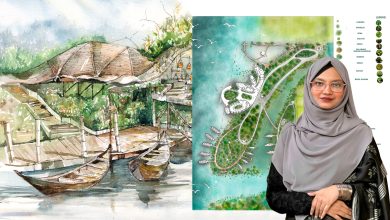The Project adjective was to create an environment for the Bhikkhus (followers of Buddha) with proper accommodation facilities and to provide formal education, health services and support for the overall development of its students in the area and of the wider community. The design motive was also to raise fund for the practicing Bhikkhu communities through enhancing tourism and to flourish Buddhism. The thesis project is also proposed by Abid Mahmud, a student of Ahsanullah University of Science & Technology (AUST). His studio guides were Dr. Jasmin Ara Begum, Ar. Nujaba Binte Kabir, and Dr. Ayasha Siddiqua.
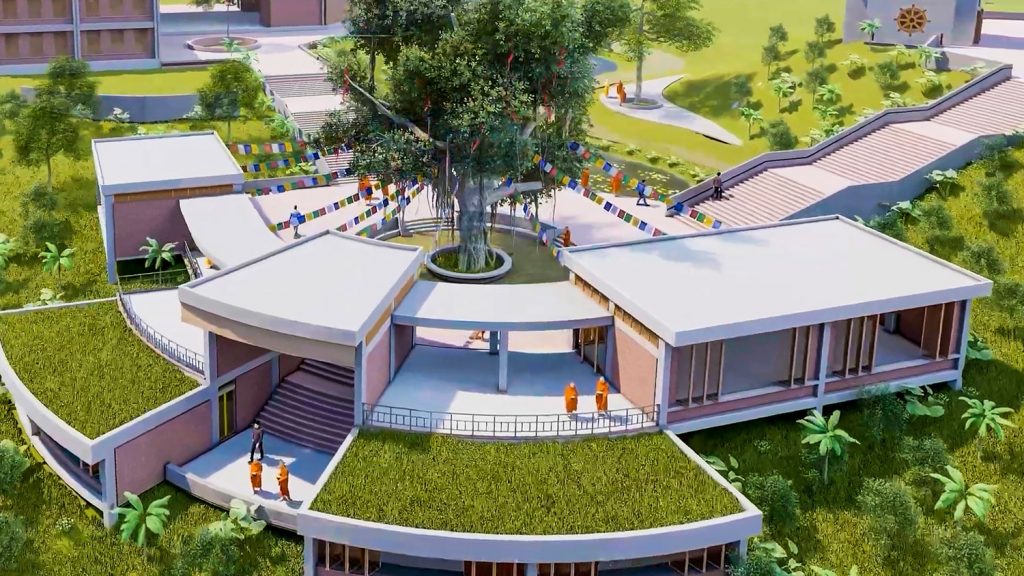
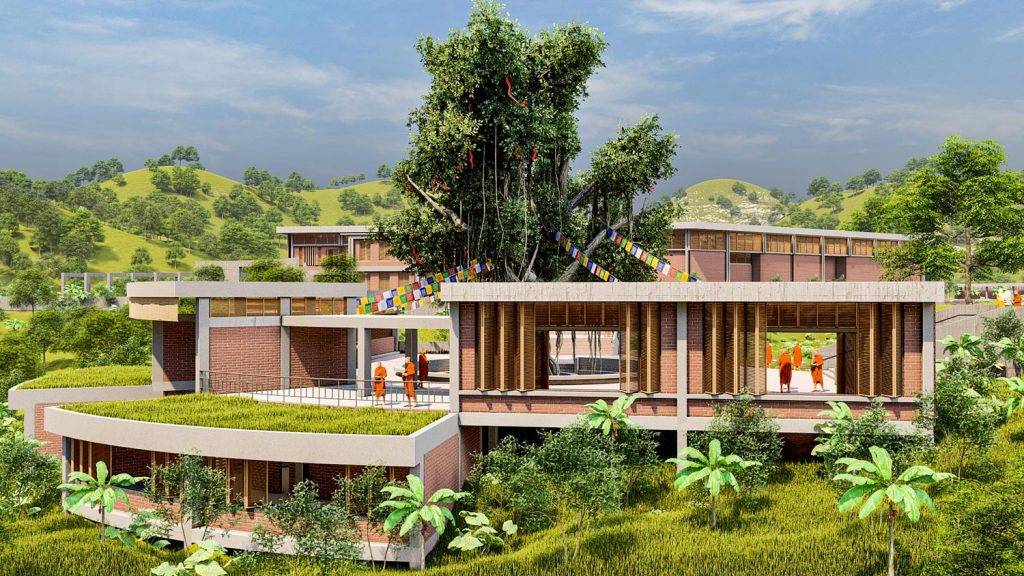
Buddhism is a faith that was founded by Siddhartha Gautama (“the Buddha”) more than 2,500 years ago in India. With about 470 million followers, scholars consider Buddhism one of the major world religions. Its practice has historically been most prominent in East and Southeast Asia, but its influence is growing in the West. Some scholars do not recognize Buddhism as an organized religion, but rather, a “way of life” or a “spiritual tradition.”
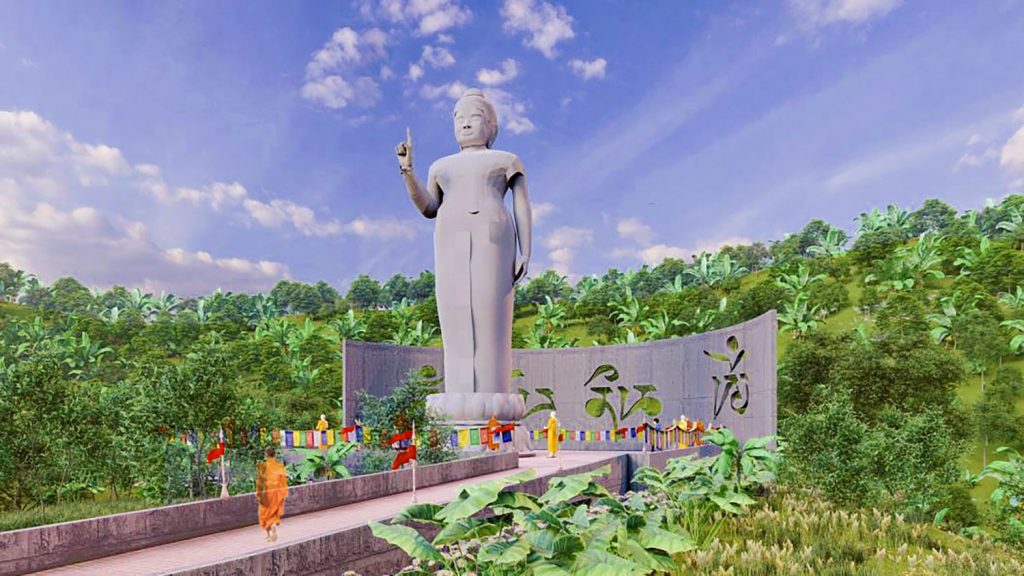
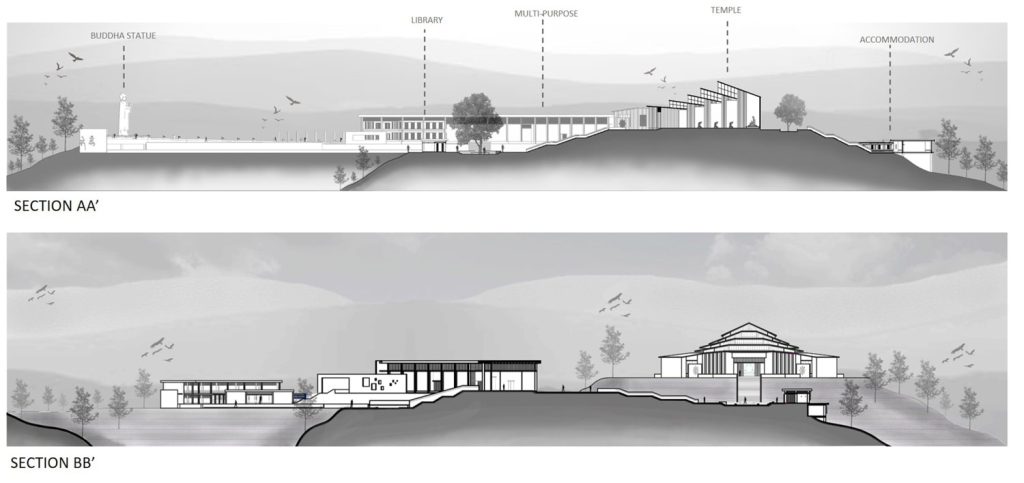
The site locates at Maishchhari union, Mahalchhari upazilla, Khagrachhari district. The area where the site is located commonly known as Ultachhari. The client of the project is one of the greatest monks of Bangladesh. Arya Purush Reverend Shilananda Bhikkhu popularly known as “Dhutanga Bhante” to the buddhist community. He meditated for 12 years in different places & completed all the 13 challenges (Dhutanga Shil) and achieved the title early in his life. He was born in Raujan, Chattogram, but started his meditation in Ultachhari hill (site of the project) in Khagrachhari. He established 7 different worship places in Chittagong, Khagrachhari & Rangamati district, including this project.
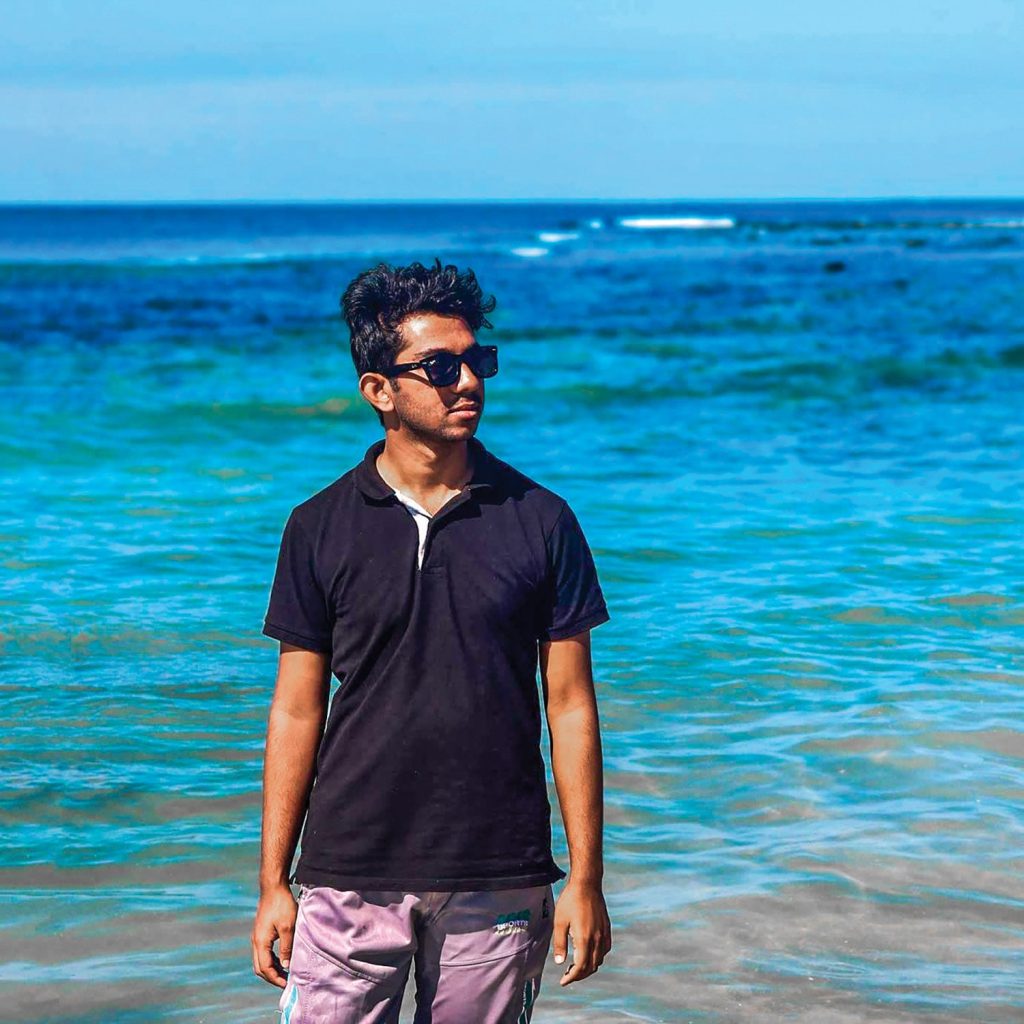
The concept and architectural representation of the project was: “Embracing Faiths – a voyage to achieve the peace through visions and serenity. The pathways guide devotees towards “Lord buddha” through the teachings of Bhante and Buddha’s teachings guide towards “Nirvana”. A lotus pond was created at the center of the complex near to the religious zone to represent serenity & creating soothing environment for meditation. An abstraction of Bodhi tree was created behind the statue in the temple. The roof of the temple illustrates the core Buddhism philosophy of five nature elements. The backdrop wall behind the 70’ high statue contains the ‘Mul-mantra’ of Buddhism.

